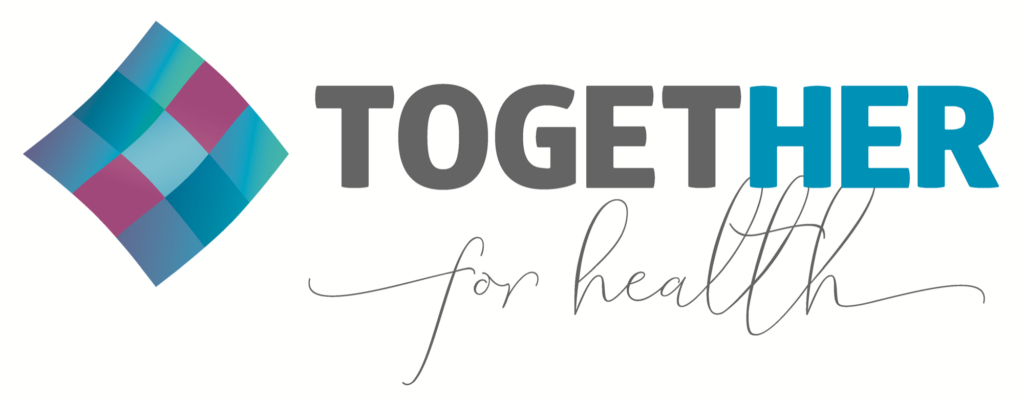New financial commitments for global cervical cancer elimination
14 March, 2024
On March 5, 2024, during the inaugural Global Cervical Cancer Elimination Forum, several global partners announced $590 USD in new financial commitments to further cervical cancer prevention globally. These resources include commitments from the World Bank and the Global Financing Facility (GFF), the Bill and Melinda Gates Foundation, and UNICEF. Further commitments made by partner organizations and by countries themselves at the Forum in in Cartagena de Indias, Colombia, underscore growing momentum to achieve the targets articulated in the World Health Organization’s global cervical cancer elimination strategy:
- Vaccinating 90% of girls with HPV vaccine by age 15 years;
- Screening 70% of women with a high-performance test by 35 years of age and again by 45 years of age; and
- Ensuring that 90% of women identified with cervical disease receive treatment.
This commitment to cervical cancer elimination is a watershed moment. For comparison, TogetHER’s annual estimate of funding for cervical cancer prevention in low- and lower middle-income countries – HPV vaccination and cervical cancer screening and pre-cancer treatment – has only reached an annual average of around $120 million for the years 2018 through 2022. While not all of these newly committed funds are likely to be directed to solely low- and lower-middle income countries, the near-$200 million annual average in new funding via these commitments should enable a significant global expansion of cervical cancer prevention programming.
The full list of commitments can be found here. Of note:
- Over the next four years, the Gates Foundation is committing up to US$100 million for vaccination of girls against HPV and up to $80 million toward vaccine research, including toward new HPV vaccines (prophylactic as well as therapeutic), further studies regarding the long-term preventive effect of single-dose vaccination, and implementation strategies.
- The World Bank and the GFF are committing $400 million for HPV-related programs over the next three years, building on prior investments to assist countries in providing HPV screening, vaccination and treatment.
- UNICEF is pledging $10 million to support vaccinating girls against HPV in 21 countries.
- Countries from multiple regions made new and in some cases reaffirmed commitments to prioritize cervical cancer prevention in national programs, including Nigeria, Ethiopia, Indonesia, and the Dominican Republic.
Such partnerships and new donor commitments are critical to reaching the scale required to make cervical cancer elimination a global reality. They also add positive pressure to other donors and countries to step up with their own contributions towards this achievable global health goal.
This is only the first step. Cervical cancer elimination will require investments across all three pillars to achieve the WHO scale-up targets. The Forum announcement provides some level of specifics for HPV vaccination funding while screening and treatment, although mentioned, are absent specific funding commitments.
The Forum’s commitments to expand HPV vaccination come on the heels of Gavi’s recent announcement of a revitalization program seeking to reach 86 million adolescent girls, recover momentum lost to the onset of the COVID-19 pandemic, and strengthen vaccination programs. Protecting girls against future cervical cancer diagnoses through vaccination is cost-effective and will save millions of lives in the future, but we must not leave women behind.
As donors and countries alike convert pledges into investment and action, we call for specific commitments to safeguard the lives of today’s adult women – many of whom have not been vaccinated against HPV – through effective screening and, where necessary, treatment.
Investments by Unitaid have shown that screening and treatment scale-up to WHO target levels are possible. A transition from visual inspection with acetic acid to high-performance HPV testing – including through self-sampling – can enable more women to be screened while reducing the burden on overtaxed health systems. And no woman should lack access to treatment of cervical disease, administered with dignity and support.
Such investments are vital not just for today’s women, but for the cervical cancer-free generations we hope to create. Every year, 210,000 children are orphaned by women lost to cervical cancer around the world. Investments in effective screening and treatment today are investments in families and communities around the world.
Finally, not one of the pillars of WHO’s elimination strategy can be achieved without investments to educate and inform populations and service providers alike to break down barriers of stigma and misinformation that hinder efforts to reach women and girls with cervical cancer prevention. No health campaign with a goal as ambitious as ours can be achieved without sustained advocacy and awareness.
The commitments made at the Global Cervical Cancer Elimination Forum are at levels high enough to fundamentally change the reality for girls and women at risk for cervical cancer. TogetHER for Health understands that difficult decisions on how best to target these new funding streams must be undertaken in partnership with communities. We hope that these discussions will reflect the holistic nature of WHO’s elimination agenda, allowing these commitments to serve as an inflection point toward ending this preventable disease – and the pain and loss it bears – for all time.
Photo credit: PAHO
